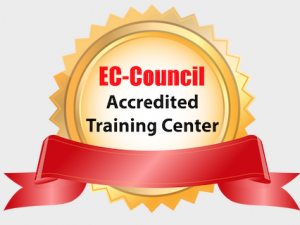Course Overview: PA-232: Palo Alto Networks Panorama Manage Multiple Firewalls (EDU-221) Training Class is a two-day course. Students attending this course will gain an in-depth knowledge of how to configure and manage their Palo Alto Networks Panorama Management Server. Upon completion of this course, administrators will understand the Panorama server’s role in managing and securing their overall network. Network professionals will learn to use Panorama’s aggregated reporting to provide them with a holistic view of a network of Palo Alto Networks next-generation firewalls. This is not a virtualized theoretical course. This is hands-on, real world instruction, directly relevant to the DoD and Commercial implementations of Palo Alto Networks next-generation firewalls.
Each student is issued a physical Palo Alto firewall and a Cisco layer 3 switch at their desk. Real hardware per student for real experience and real skill development.
TechNow provides a very comprehensive client infrastructure that includes Windows, Linux, and multiple packet sniffer agents. The instructor for this course has been a lead in Unix kernel development to implement firewall and intrusion detection technologies. Additionally, the instructor has taught several security appliance products and carries several SANS, ISC2, ISACA, Cisco, Unix, and Windows certifications.
Attendees to the PA-232: Palo Alto Networks Panorama Manage Multiple Firewalls (EDU-221) Training Course will receive TechNow approved course materials and expert instruction.
Dates/Locations: No Events
Duration: 2 days
Course Objectives: Students attending this foundational-level training course will gain an in-depth knowledge of how to configure and manage their Palo Alto Networks Panorama Management Server.
Day 1
|
Day 2
|
Prerequisites:
This course is in no way associated with Palo Alto Networks, Inc.
Comments
Latest comments from students
